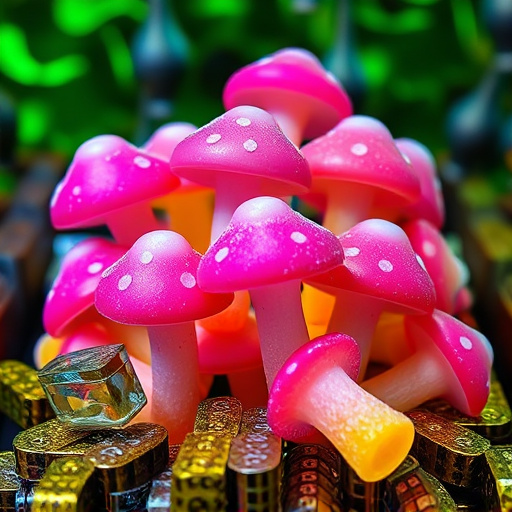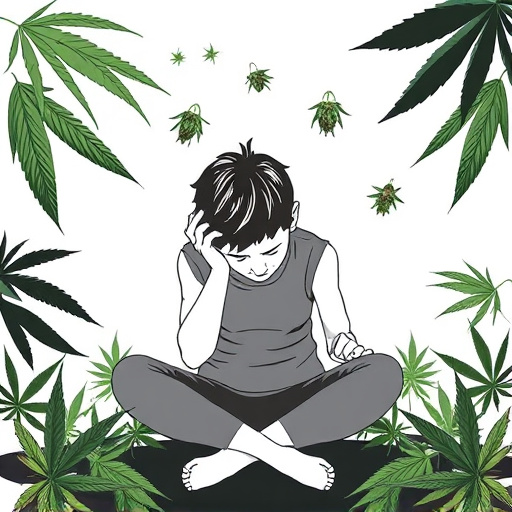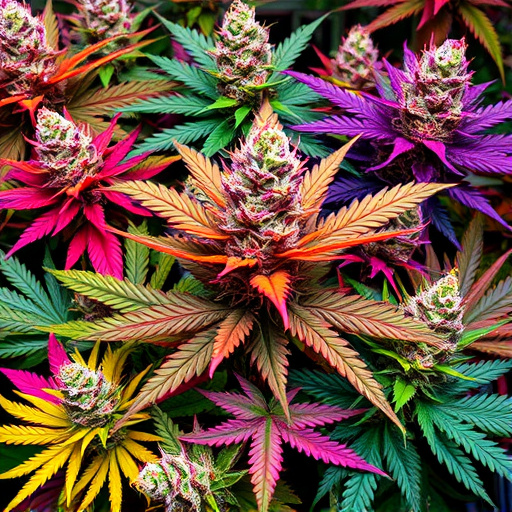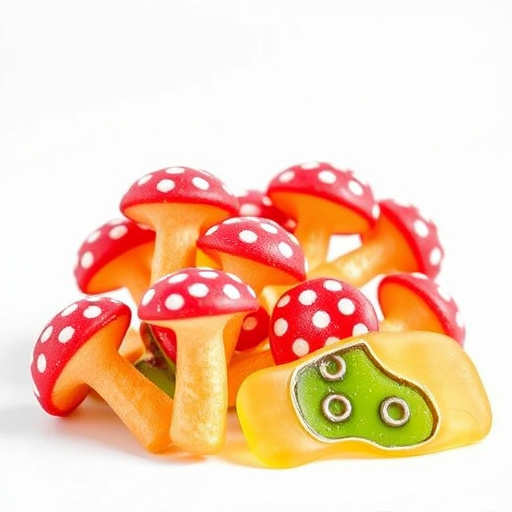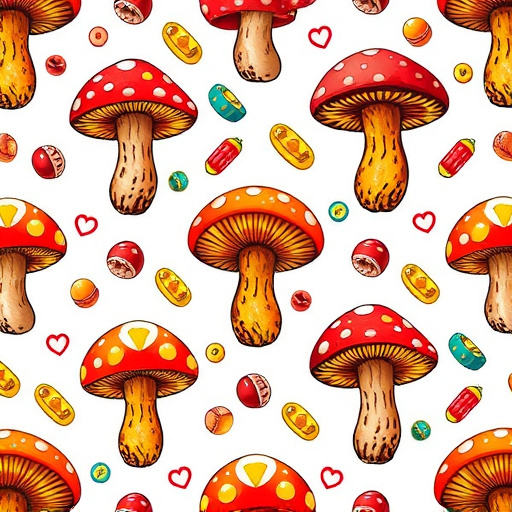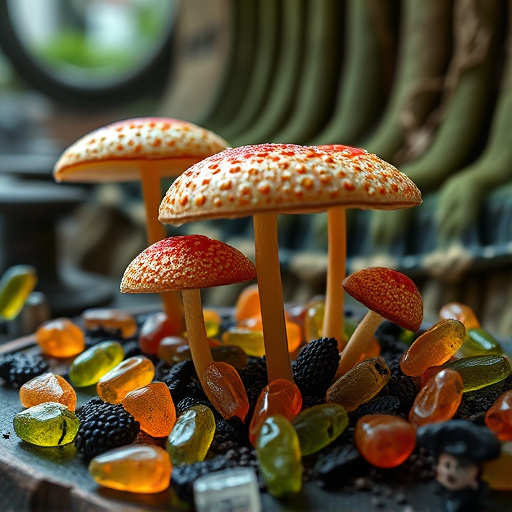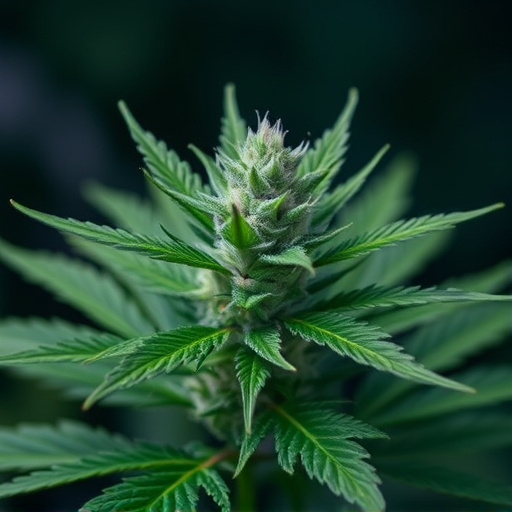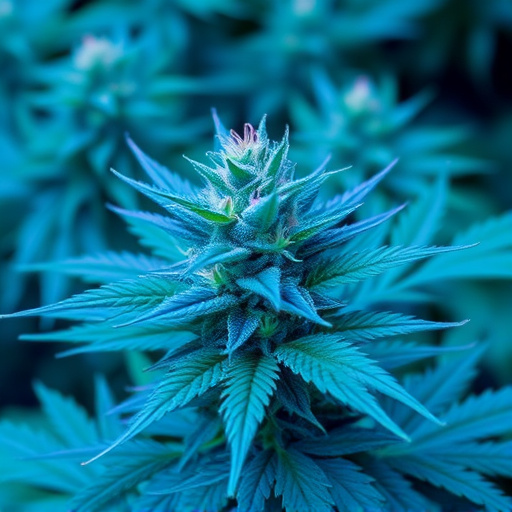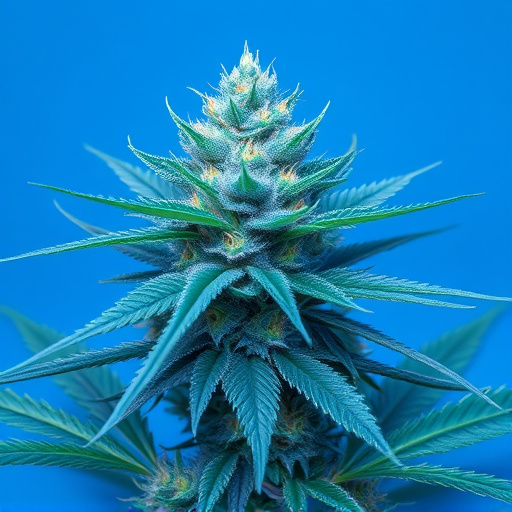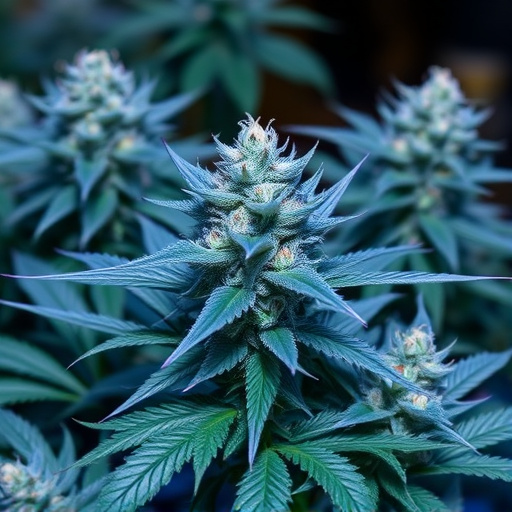Blue cannabis strains, known for their unique aesthetics and terpene profiles, degrade over time due to exposure to light, heat, moisture, and oxygen. Proper storage is vital to preserve their potency, visual quality, and distinct effects, including calmness, enhanced creativity, appetite stimulation, anxiety reduction, and discreet relief. Consuming old blue strains carries risks of reduced THC levels and contaminants; source them responsibly from reputable suppliers and start with small doses, especially from unverified black market sources with limited testing.
Can old weed still get you high? Despite popular belief, aged cannabis doesn’t automatically lose its potency. In fact, some believe older bud can offer unique experiences due to cannabinoid profiles changing over time. This article explores the science behind cannabis aging and its potential effects. We delve into the mysteries of blue cannabis strains, known for distinct characteristics and varied potencies. Additionally, we provide safety considerations and testing tips for those curious about consuming aged herb, focusing on the key role of proper storage in maintaining quality and potency, especially when seeking specific blue cannabis strains.
- Understanding Cannabis Aging and Potency
- Blue Cannabis Strains: Unique Characteristics and Effects
- Safety Considerations: Testing and Consuming Old Weed
Understanding Cannabis Aging and Potency
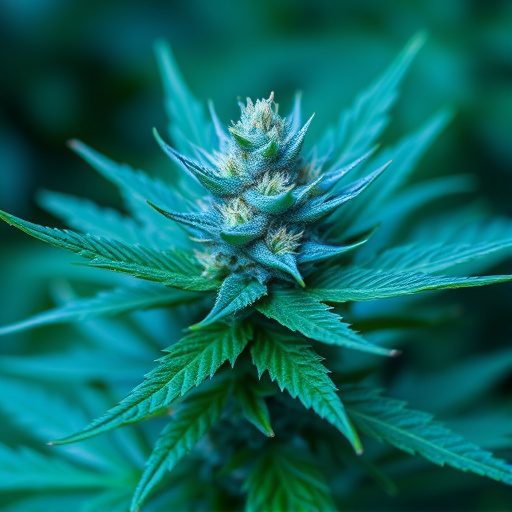
Cannabis, like many other organic substances, undergoes a process of aging that can significantly impact its potency and effectiveness. The way cannabis is stored plays a crucial role in determining its longevity and quality. Over time, exposure to light, heat, moisture, and oxygen can cause degradation, leading to reduced THC (tetrahydrocannabinol) levels, which are responsible for the plant’s psychoactive effects. This process is especially noticeable in less than ideal storage conditions, such as leaving cannabis products exposed or stored improperly for extended periods.
In terms of blue cannabis strains, known for their unique visual appeal and specific terpene profiles, aging can affect both their visual quality and potency. While these strains may still produce a high when consumed, the experience might differ from that of fresh cannabis. The key to maximizing the effects lies in proper storage practices, ensuring the plant remains as close to its harvest state as possible.
Blue Cannabis Strains: Unique Characteristics and Effects

Blue cannabis strains, known for their distinctive hue, are more than just visually appealing; they offer unique characteristics and effects that set them apart from other varieties. These strains often contain higher levels of myrcene, a terpene known for its sedative properties, which can induce feelings of relaxation and calmness. The specific combination of cannabinoids and terpenes in blue cannabis strains contributes to a balanced high, making them popular among users seeking both mental and physical relief without overwhelming cognition or causing excessive drowsiness.
The effects of blue strains are often described as euphoric and uplifting, providing a pleasant sensory experience. They can enhance creativity, stimulate appetite, and reduce anxiety without causing paranoia or heightened stress levels. Many users appreciate the subtle yet potent high offered by these strains, making them a preferred choice for those looking to unwind after a long day or manage chronic conditions discreetly.
Safety Considerations: Testing and Consuming Old Weed
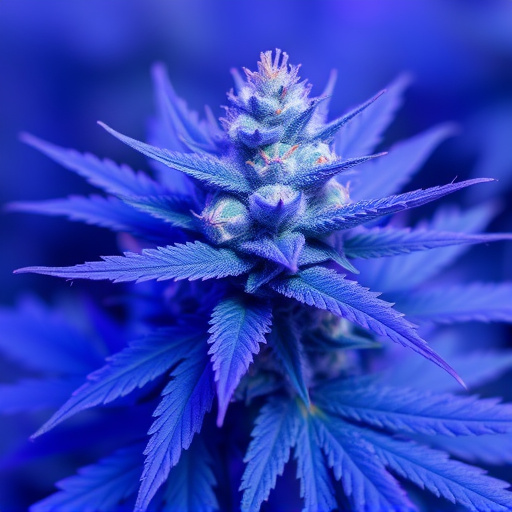
When it comes to consuming old weed, especially sought-after blue cannabis strains, safety should always be your top priority. While some people claim that age can enhance a strain’s potency and effects, there are no scientific studies to back this up. In fact, the opposite might be true. As cannabis ages, its THC (the primary psychoactive compound) content may degrade over time due to exposure to heat, light, and oxygen. This means what you’re inhaling or ingesting could have a significantly reduced potency compared to when the plant was fresher.
Moreover, old weed is more likely to harbor unwanted contaminants such as mold, fungi, or pesticides that can be harmful if consumed. Testing facilities can help identify these issues, but not all cannabis products are subjected to rigorous testing, especially on the black market. If you choose to consume older cannabis, make sure it’s from a reputable source and has been properly stored in an airtight container away from direct light. Always start with a small dose to gauge its potency and effects before consuming larger amounts.
While age can diminish cannabis potency, certain strains like blue cannabis varieties retain their unique characteristics and potential strong effects. When consuming old weed, especially from sources that offer testing, it’s crucial to prioritize safety. Testing ensures you know exactly what you’re getting, minimizing risks associated with unknown potencies. Remember, responsible consumption involves understanding both the plant’s age and its effects on your well-being.
